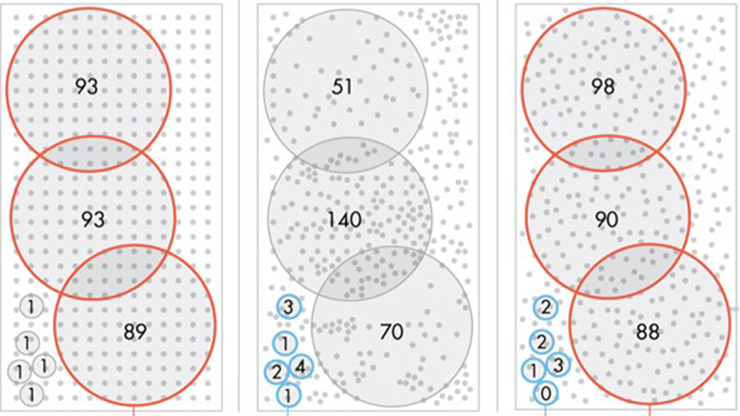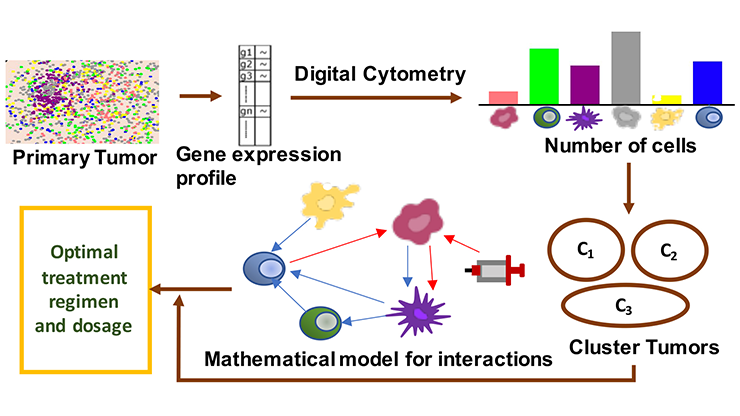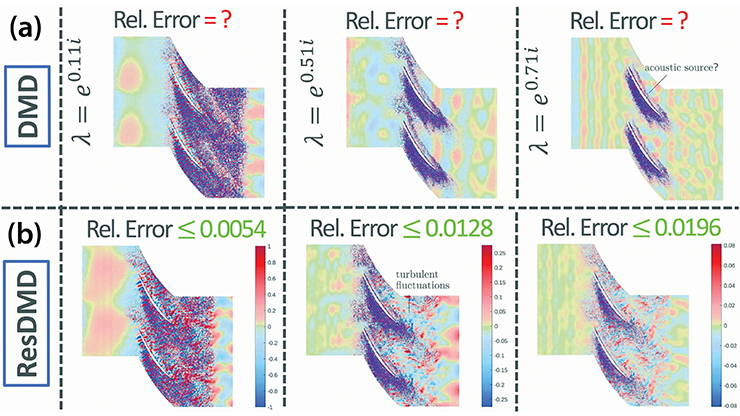Acoustic Control of a Spherical Bubble Via a Koopman Linear Quadratic Regulator
The injection of microbubbles into the bloodstream originated as a way to enhance contrast in ultrasound imaging. These specially designed microscopic bubbles comprise a non-condensable gas and are called ultrasound contrast agents (UCAs). UCAs range in size from one to 10 microns in diameter and can safely pass through the circulatory system’s smallest capillaries [12]. They are encapsulated in a shell and have been commercially available for diagnostic ultrasound imaging since 1991 [2, 7, 8]. The shell—which typically consists of a lipid, protein, or polymer—slows dissolution and ensures several minutes of residence time in the bloodstream; without it, the UCA would dissolve in seconds [10].
In recent years, researchers have begun to explore the use of encapsulated microbubbles (EMBs) for noninvasive medical therapies like drug delivery, gene therapy, and tumor ablation [3, 4]. In order to manage the physical mechanisms that facilitate ultrasound enhancement and targeted drug delivery, one must maintain precise control over EMBs’ response to acoustic forcing. Here, we combine a data-driven framework based on Koopman operator theory with a linear quadratic regulator (LQR) to robustly drive EMBs to follow arbitrarily prescribed radial oscillations and a variety of target trajectories [6].
![<strong>Figure 1.</strong> The radial time series and radial velocity time series of a microbubble, and an example of a Koopman eigenfunction. <strong>1a.</strong> Example of a radial time series of a Rayleigh-Plesset equation (RPE) bubble. <strong>1b.</strong> Sample radial velocity time series of an RPE bubble. <strong>1c.</strong> Time series of the real component of a complex valued Koopman eigenfunction that is approximated from the data in 1a and 1b. <strong>1d.</strong> Fourier transform of the dynamics of the Koopman eigenfunction in 1c. Figure reprinted with permission from [6].](/media/zvebr3y0/figure1.jpg)
We use the well-known Rayleigh-Plesset equation (RPE) to describe the spherical oscillation of an unencapsulated microbubble [11]. The RPE assumes that the bubble is surrounded by an incompressible Newtonian fluid and retains a spherical shape (i.e., does not undergo nonspherical shape oscillations). The latter assumption allows us to describe the current bubble state with only the radius and radial velocity. The following second-order nonlinear dynamical system with affine control pertains to an acoustically driven spherical microbubble that is governed by the RPE:
\[\dot{\mathbf{x}}=\mathbf{f}(\mathbf{x})+\mathbf{B}(\mathbf{x})\mathbf{u} = \bigg( {\dot{r} \atop \frac{1}{r}\big[p^*_{G0}(\frac{1}{r})^{3 \kappa}-\frac{3}{2}\dot{r}^2-\frac{1}{We}(\frac{1}{r})-\frac{1}{Re}(\frac{\dot{r}} {r})+p^*_v \big]}\bigg)+\bigg({0 \atop \frac{1}{r}}\bigg)\mathbf{u}. \tag1\]
Here, \(\mathbf{x} = \bigg[{r \atop \dot{r}}\bigg]\) is the state vector, \(r\) and \(\dot{r}\) are respectively the dimensionless radius and radial velocity, \(p^*_{G0}\) is the dimensionless initial interior gas pressure, \(\kappa\) is the polytropic constant of the interior gas, \(p^*_v\) is the dimensionless vapor pressure, \(We\) is the Weber number, and \(Re\) is the Reynolds number. We assume that the affine control input \(\mathbf{u}\) is delivered by an external acoustic field (e.g., an ultrasound transducer).
![<strong>Figure 2.</strong> Acoustic control causes the microbubble to stabilize at a fixed nonequilibrium size that is three times greater the equilibrium radius. <strong>2a.</strong> Time series of the control input. <strong>2b.</strong> Power spectrum of the control input in 2a. <strong>2c.</strong> Phase portrait of the microbubble radial response. <strong>2d.</strong> Power spectrum of the microbubble radial response in 2c. Figure reprinted with permission from [6].](/media/rsdjgvtn/figure2.jpg)
Using a data-driven Koopman LQR control, we seek to regulate the oscillation of the spherical microbubble [5, 9]. First, we utilize the sparse identification of nonlinear dynamical systems to construct an approximation of the Koopman eigenfunctions to the spherical microbubble [1, 9]; we then apply an LQR controller to drive multiple Koopman eigenfunctions to the desired target state. Because the Koopman eigenfunctions evolve linearly, the Koopman formulation enables the use of linear controllers despite the nonlinearity of the underlying dynamics. Figure 1 offers an example of a Koopman eigenfunction that was generated from the nonlinear oscillations of an RPE microbubble.
We drive the microbubble radius to follow several target trajectories, including stabilization at a fixed nonequilibrium size, sinusoidal oscillation with a prescribed amplitude and frequency, and periodic and quasiperiodic oscillation with multiple frequency components. Both broadband and single-frequency acoustic control inputs can achieve all of these target trajectories. Broadband acoustic input yields a cleaner driving signal but is harder to implement in clinical practice, while single-frequency input requires a more complicated driving signal but is more clinically feasible. To numerically implement broadband acoustic control, we set the control matrix \(\mathbf{B}(\mathbf{x})\) as
\[\mathbf{B}(\mathbf{x}) =\bigg[ 0 \quad \frac{1}{r}\bigg]^T.\]
To implement single-frequency acoustic control, we set \(\mathbf{B}(\mathbf{x})\) as
![<strong>Figure 3.</strong> Single-frequency acoustic control causes the microbubble to stabilize at a fixed nonequilibrium size that is three times greater the equilibrium radius. <strong>3a.</strong> Time series of the amplitude of the single-frequency control input. <strong>3b.</strong> Power spectrum of the control input in 3a. <strong>3c.</strong> Phase portrait of the microbubble radial response. <strong>3d.</strong> Power spectrum of the microbubble radial response in 3c. Figure reprinted with permission from [6].](/media/dg1gxyl5/figure3.jpg)
\[\mathbf{B}(\mathbf{x})=\bigg[0 \quad \frac{\sin(\omega t)}{r}\bigg]^T,\]
where \(\omega\) is the angular frequency of the control input.
Figures 2 and 3 depict the results when we utilize both broadband and single-frequency acoustic control to drive a spherical microbubble to stabilize at a fixed nonequilibrium radius. The input signal with single-frequency control is clearly more complex and has a richer frequency spectrum. But regardless of the control input, the Koopman LQR controller is able to drive the microbubble to stabilize at a nonequilibrium radius.
In summary, our work demonstrates that an LQR-based, data-driven Koopman controller can drive the oscillation of a spherical microbubble in a prescribed manner via the modulation of the applied acoustic field. This result constitutes a step towards the use of data-driven methods based on Koopman operator theory to control more realistic nonspherical encapsulated microbubbles for ultrasound contrast enhancement and targeted drug delivery.
Xin Yee delivered a minisymposium presentation on this research at the 2021 SIAM Conference on Computational Science and Engineering, which took place virtually in March 2021.
References
[1] Brunton, S.L., Proctor, J.L., & Kutz, J.N. (2016). Discovering governing equations from data by sparse identification of nonlinear dynamical systems. Proc. Natl. Acad. Sci., 113(15), 3932-3937.
[2] De Jong, N., Emmer, M., van Wamel, A., & Versluis, M. (2009). Ultrasonic characterization of ultrasound contrast agents. Med. Biol. Eng. Comput., 47(8), 861-873.
[3] Delalande, A., Kotopoulis, S., Postema, M., Midoux, P., & Pichon, C. (2013). Sonoporation: Mechanistic insights and ongoing challenges for gene transfer. Gene, 525(2), 191-199.
[4] Delalande, A., Postema, M., Mignet, N., Midoux, P., & Pichon, C. (2012). Ultrasound and microbubble-assisted gene delivery: Recent advances and ongoing challenges. Ther. Deliv., 3(10), 1199-1215.
[5] Gibson, A.J., Calvisi, M.L., & Yee, X.C. (2022). Koopman linear quadratic regulator using complex eigenfunctions for nonlinear dynamical systems. SIAM J. Appl. Dyn. Syst., 21(4), 2463-2486.
[6] Gibson, A.J., Yee, X.C., & Calvisi, M.L. (2024). Data-driven acoustic control of a spherical bubble using a Koopman linear quadratic regulator. J. Acoust. Soc. Am., 156(1), 229-243.
[7] Hoff, L., Sontum, P.C., & Hovem, J.M. (2000). Oscillations of polymeric microbubbles: Effect of the encapsulating shell. J. Acoust. Soc. Am., 107(4), 2272-2280.
[8] Hosseinkhah, N., & Hynynen, K. (2012). A three-dimensional model of an ultrasound contrast agent gas bubble and its mechanical effects on microvessels. Phys. Med. Biol., 57(3), 785-808.
[9] Kaiser, E., Kutz, J.N., & Brunton, S.L. (2021). Data-driven discovery of Koopman eigenfunctions for control. Mach. Learn. Sci. Technol., 2(3), 035023.
[10] Kwan, J.J., & Borden, M.A. (2010). Microbubble dissolution in a multigas environment. Langmuir, 26(9), 6542-6548.
[11] Rayleigh, L. (1917). VIII. On the pressure developed in a liquid during the collapse of a spherical cavity. Philos. Mag. Ser. 6, 34(200), 94-98.
[12] Stride, E., & Saffari, N. (2003). Microbubble ultrasound contrast agents: A review. Proc. Instit. Mech. Eng. H, 217(6), 429-447.
About the Authors
Andrew J. Gibson
Ph.D. student, University of Colorado Colorado Springs
Andrew J. Gibson is a Ph.D. student in the Department of Mechanical and Aerospace Engineering at the University of Colorado Colorado Springs. His research focuses on data-driven modeling and control of dynamic systems.
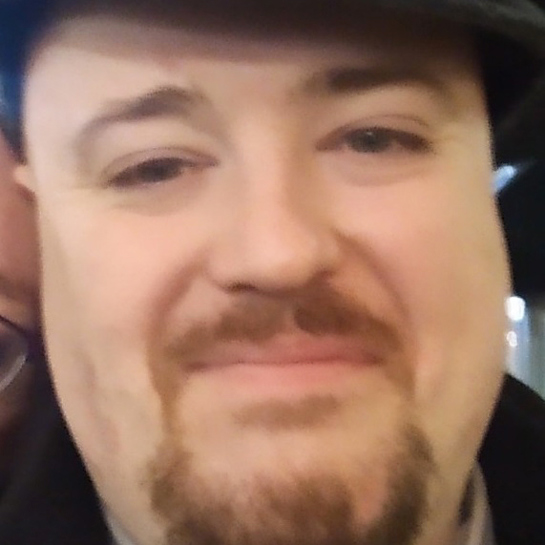
Xin C. Yee
Assistant professor, University of Colorado Colorado Springs
Xin C. Yee is an assistant professor in the Department of Mechanical and Aerospace Engineering at the University of Colorado Colorado Springs. Her research focuses on data-driven modeling and control of dynamic systems.
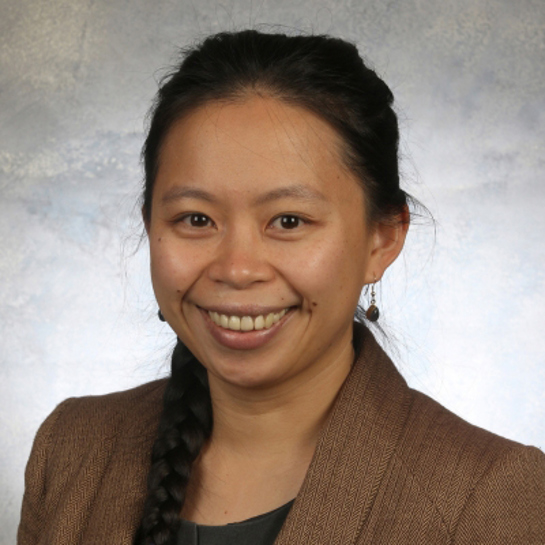
Michael L. Calvisi
Associate professor, University of Colorado Colorado Springs
Michael L. Calvisi is an associate professor in the Department of Mechanical and Aerospace Engineering at the University of Colorado Colorado Springs. His research focuses on theoretical and computational fluid dynamics.
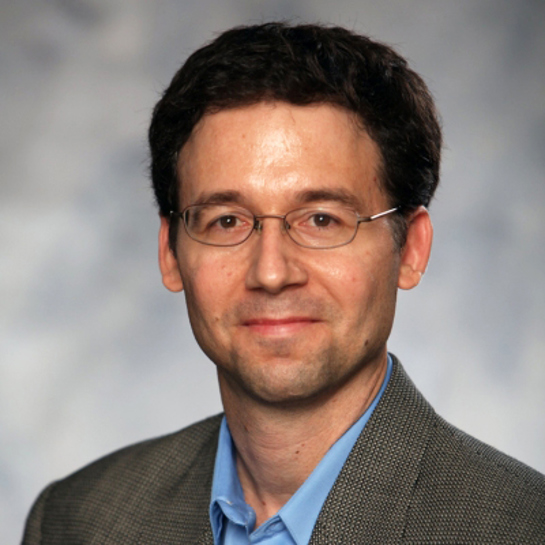
Stay Up-to-Date with Email Alerts
Sign up for our monthly newsletter and emails about other topics of your choosing.



